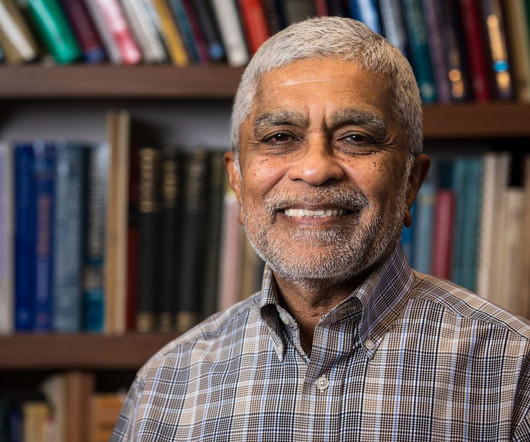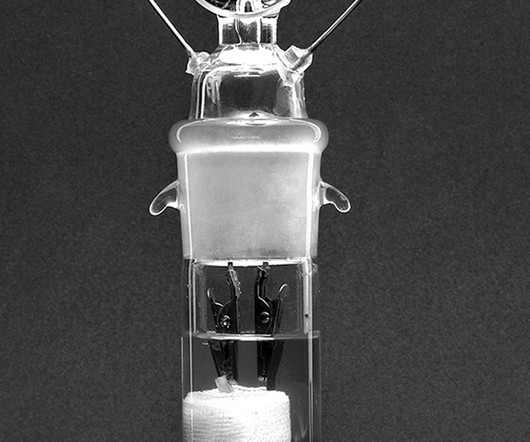Arizona State University Professor’s Work to Stabilize the Grid Pays Off
Cars That Think
APRIL 11, 2023
It has this natural ability to provide support in terms of the kinetic energy of the inertia, whereas wind turbines and photovoltaic solar systems do not inherently have that capability. In 2019 he was named a regents professor, the highest faculty position. “The synchronous machine has one big advantage,” Vittal says. “It










Let's personalize your content